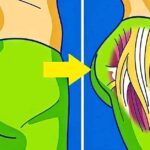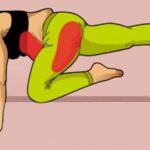Neck pain is a widely experienced health issue in modern society, affecting more than 30% of adults in the United States. Furthermore, research shows that women are more prone to neck pain than men. The primary triggers are a sedentary, computer-based job and the lack of physical activity. Incorrect posture, repetitive lifting, and smoking can worsen the situation. Apart from these, accidents resulting in whiplash can also be a cause of chronic neck pain.
Neck pain due to increased screen time during the pandemic was so common that a word was coined to describe this – tech neck. Such pain is not limited to adults.
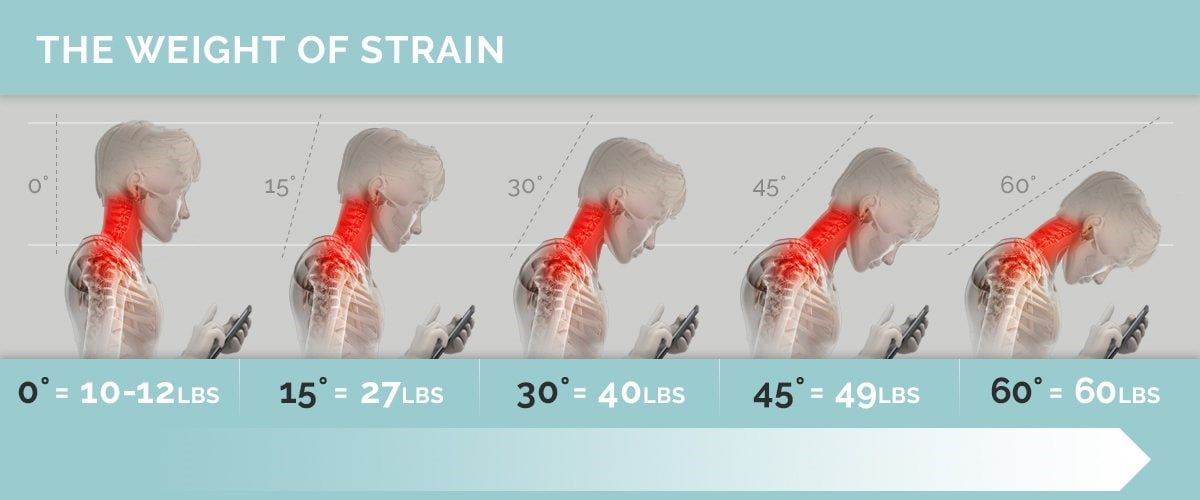
Image Source: https://healthmatters.nyp.org/how-to-prevent-tech-neck/
Unfortunately, pain relievers do not provide long-term relief. It can temporarily alleviate symptoms, but the pain returns after a few days. If the condition is not treated, the pain and stiffness in the neck may begin to interfere with your normal activities.
While medication provides relief in the short term, most patients respond well to physiotherapy treatment for neck pain. After analyzing physical conditions, a therapist will design an individualized program to help patients manage pain and return to regular life.
Signs and Symptoms of Neck Pain
The signs and symptoms of neck pain vary depending on the afflicted tissue or the severity of the injury. Some common signs of neck pain include:
- Difficulty in rotating or bending the neck
- Difficulty looking up
- Weakness in arms and shoulder muscle
- Problem in standing or sitting straight
- Pain while coughing and sneezing
- Frequent headaches
- Difficulty in sleeping
- Sore muscles
- Tightness in muscles
- Numbness in arms, shoulders, or neck
Process of Diagnosis
Physiotherapists assess the problem and then review your medical history and the damaged joint. They may suggest tests to help understand your condition. In extreme cases, physiotherapists may collaborate with a physician to assist you in returning to your normal routine quickly. Next, the physiotherapist will create a treatment plan depending on your health and the source of your neck discomfort.
How Does Physiotherapy Help?
Physiotherapy is one of the best treatments for many cases of neck pain. It may help you avoid the need for surgery or long-term medication. Depending on the patient’s condition, the therapist will design a treatment plan that involves various exercises and improving the posture to manage pain and stiffness. Furthermore, the program is designed to increase the neck’s range of motion, strengthen the neck and supporting muscles, and prevent any discomfort from reoccurring.
Physiotherapy for relieving neck pain can be active or passive physical therapy. Here’s a look at the difference:
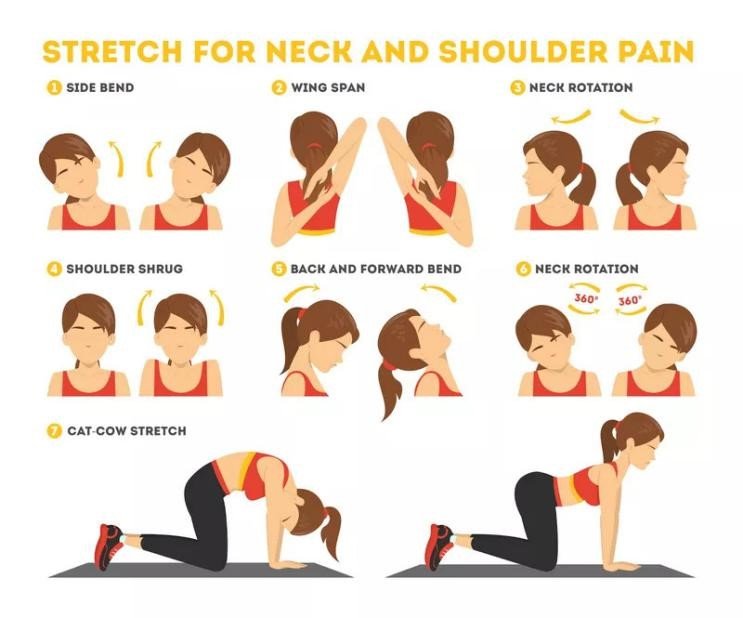
Image Courtesy: https://midsouthpain.com/tens-unit-placement-neck-pain/
Active Physical Therapy
Patients in active therapy move their bodies for stretching and undertake other activities. These exercises improve the neck’s flexibility and strength and support muscles. As a result, the neck muscles become less uncomfortable and aid in maintaining a proper posture. This contributes to the reduction of tension on the cervical spine.
Some of the types of active physical therapy are:
Core muscle strengthening: These exercises serve to strengthen the muscles from your neck to your pelvis. These muscles act together to support the spine, alleviating neck pain and improving posture.
Neck stretches and exercises: Stretching exercises such as the chin tuck may be recommended to strengthen the muscles directly linked to the cervical spine.
Aquatic exercises: These workouts are usually done in a pool. The exercises focus on the supporting muscles, while relieving strain on the spine.
Aerobic activities: These may include brisk walking, cycling, and swimming, and are recommended to help strengthen the muscles.
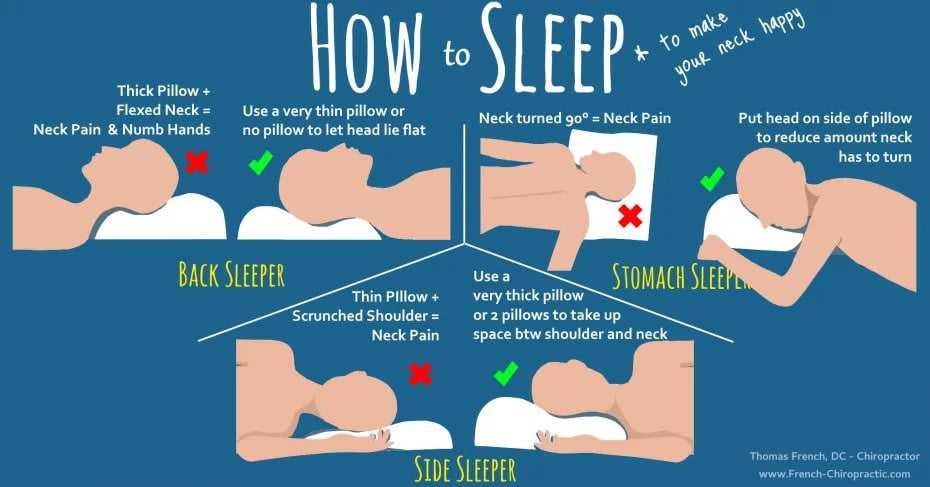
Image Courtesy: https://www.french-chiropractic.com/neck-pain/
Passive Physical Therapy
The therapist uses several treatment procedures without the patient’s direct participation. The goal is to decrease inflammation and discomfort.
Some of the types of passive physical therapy are:
Electrotherapy: This treatment generates painless electrical impulses beneath the skin to relieve pain and muscular tension.
Massage therapy: By loosening and relaxing muscles in the neck and shoulder area, the procedure helps to relieve stiffness and discomfort.
Ultrasound: A portable device sends sound waves beneath the skin’s surface to enhance blood circulation and relax muscles.
Ice/heat therapy: It promotes the improvement of blood circulation, the reduction of inflammation, and the relaxation of tight muscles.
Neck discomfort is a common occurrence nowadays. Fortunately, many painful conditions may be addressed with exercises under the close supervision of a physiotherapist. The therapist uses multiple techniques to strengthen and stretch muscles in problematic regions. Consequently, there is less swelling and pain and more flexibility.
